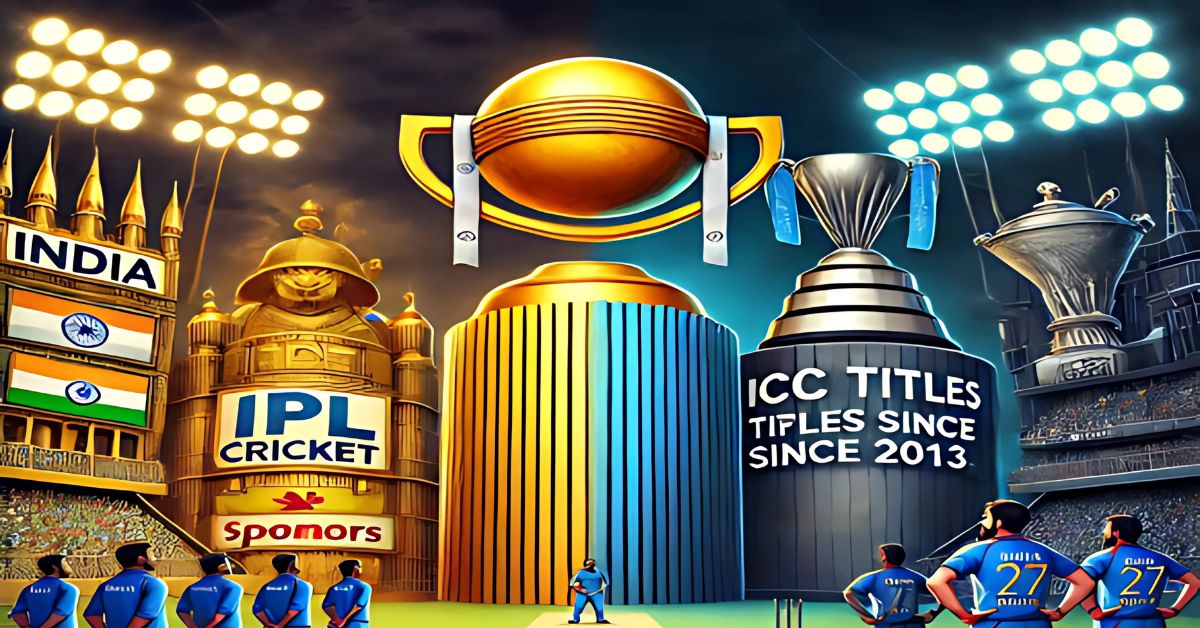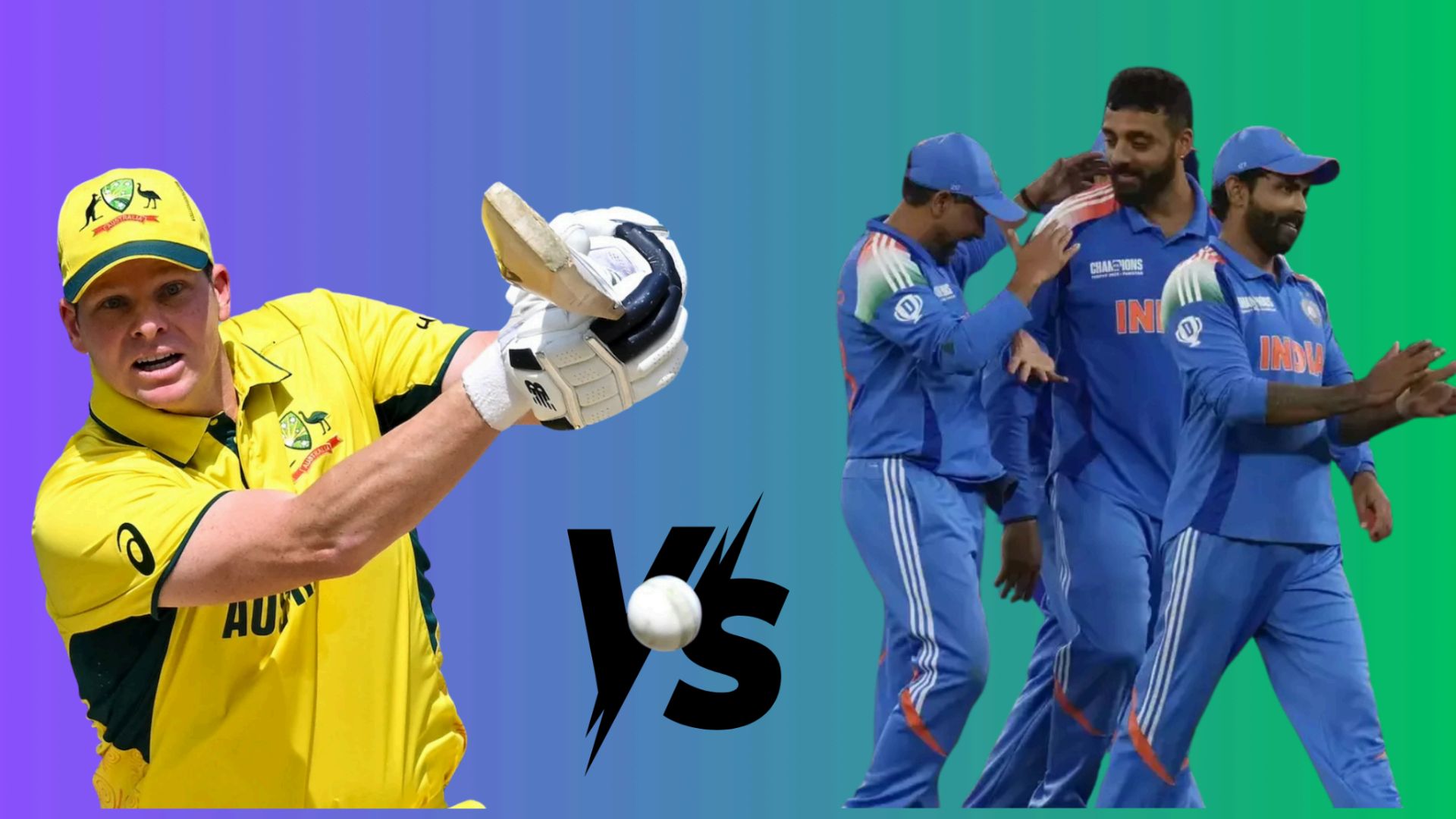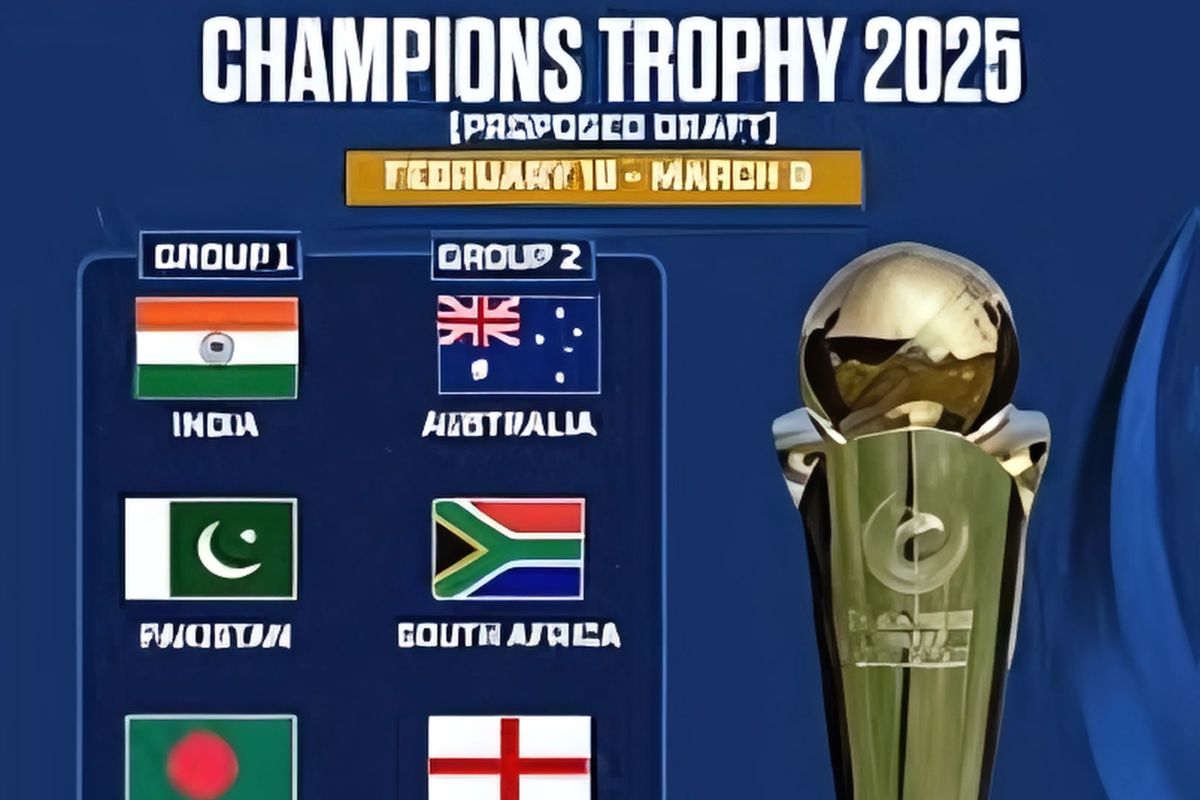Cricket is more than merely a sport in India, it is a multi-billion-dollar economy, a cultural phenomenon, and a strong unifying factor. Over the last two decades, India has emerged as the financial powerhouse of world cricket, with the Indian Premier League (IPL) transforming the sport’s economy. However, despite its vast resources, world-class facilities, and depth of talent, India’s performance in key ICC events has not always matched its financial might. This gap begs the question of whether India’s off-field prowess translates into on-field performance.
Financial Power: The Backbone of Indian Cricket
India’s cricketing economy is unrivalled. The Board of Control for Cricket in India (BCCI) is the wealthiest cricket board all-inclusive, producing gigantic incomes from broadcasting rights, sponsorship bargains, and the IPL. A few key financial components contributing to India’s dominance include:
Indian Premier League (IPL): Propelled in 2008, the IPL has ended up the most profitable T20 league around the world, drawing in beat worldwide ability and setting unused money-related benchmarks.
Massive Sponsorship and Broadcasting Bargains: India’s cricket matches command the most noteworthy viewership, driving to billion-dollar bargains with broadcasters like Star Sports and Viacom.
State-of-the-Art Infrastructure: India gloats a few of the best cricketing offices, counting the Narendra Modi Stadium (the world’s biggest) and cutting-edge preparing academies.
Financial Impact in ICC: With a major share in ICC incomes, India has a noteworthy say in worldwide cricketing choices, forming competition designs and plans to its advantage.
Despite these preferences, India’s dominance in ICC competitions remains conflicting, driving to wrangles about almost whether financial muscle interprets into worldwide supremacy.
India’s Performance in Major ICC Tournaments
India’s final ICC trophy triumph came in 2013 when they won the Champions Trophy beneath MS Dhoni. Since at that point, in spite of coming to the semi-finals and finals of different occasions, they have battled to change over openings into flatware. Underneath is a see at India’s later ICC competition performances:
2015 ICC Cricket World Cup: Semi-finalists,lost to Australia.
2016 ICC T20 World Cup: Semi-finalists, lost to West Indies.
2017 ICC Champions Trophy: Finalists, lost to Pakistan.
2019 ICC Cricket World Cup: Semi-finalists, lost to to New Zealand.
2021 ICC T20 World Cup: Bunch organize exit.
2023 ICC Cricket World Cup: Finalists, lost to to Australia.
These comes about highlight India’s battle in high-pressure knockout recreations in spite of overwhelming the gather stages. The failure to near out major competitions has driven to investigation of group choice, authority choices, and strategic approaches.
The IPL Impact: Boon or Bane?
The IPL has without a doubt changed Indian cricket, advertising financial security to players, sharpening youthful ability, and making Indian cricketers usual to weight circumstances. In any case, a few faultfinders contend that the IPL’s overpowering impact has drawbacks:
Player Fatigue: The requesting plan takes off players with small time for rest some time recently universal assignments.
Over-Reliance on T20 Masters: The center on T20 leagues in some cases eclipses the require for long-term arranging in ODIs and Test cricket.
Lack of International Exposure for Youngsters: Whereas the IPL offers a organize for Indian players to sparkle, the need of abroad introduction in district cricket or other T20 leagues seem restrain their flexibility in outside conditions.
Challenges Hindering India’s Trophy Success
Despite having world-class ability, India faces a few challenges when it comes to clinching ICC trophies:
Selection Situations: India has a endless pool of ability, but visit changes in group choice and experimentation regularly disturb group cohesion.
Captaincy Moves: The post-Dhoni time has seen numerous captaincy changes, influencing steadiness and leadership.
Handling Knockout Weight: India’s failure to provide in vital knockout matches is a repeating issue, demonstrating the require for a superior mental arrangement strategy.
Team Adjust: Finding the right blend of youth and encounter remains a challenge, with group administration regularly beneath examination for determination calls.
The Street Ahead: Desires for Future Tournaments
With up and coming ICC occasions like the 2025 Champions Trophy, 2026 T20 World Container, and the 2027 ODI World Container, India must center on fine-tuning its approach. Key ranges for change include:
Better Workload Administration: Adjusting IPL commitments with worldwide obligations to guarantee players stay new for major tournaments.
Tactical Adaptability: Adjusting group methodologies based on conditions and restriction, or maybe than staying to a inflexible approach.
Grooming the Following Era: Contributing in youthful players who can handle weight in high-stakes matches.
Conclusion
India’s money related quality and cricketing foundation are unmatched, but genuine dominance is measured by steady victory in ICC competitions. To bridge the crevice between money related control and on-field accomplishments, India must refine its techniques, prioritize mental durability, and make striking strategic choices. Whereas the IPL has moved Indian cricket to modern statures, the extreme degree of victory will be lifting more ICC trophies and cementing India’s notoriety as a worldwide cricketing powerhouse.
“India dominates cricket financially but struggles in ICC trophies. Explore the impact of IPL, team challenges, and future strategies for global supremacy”.




